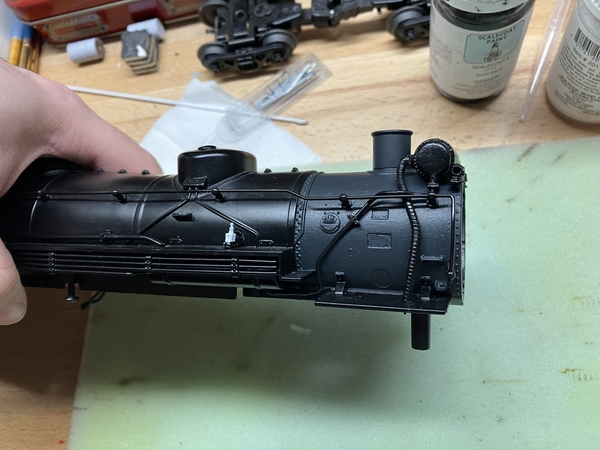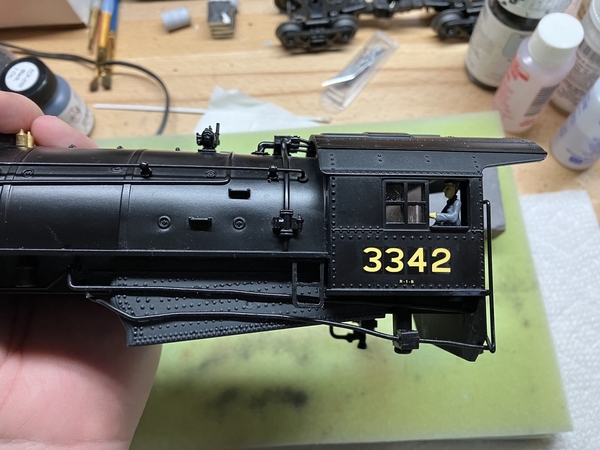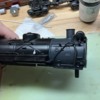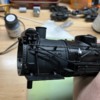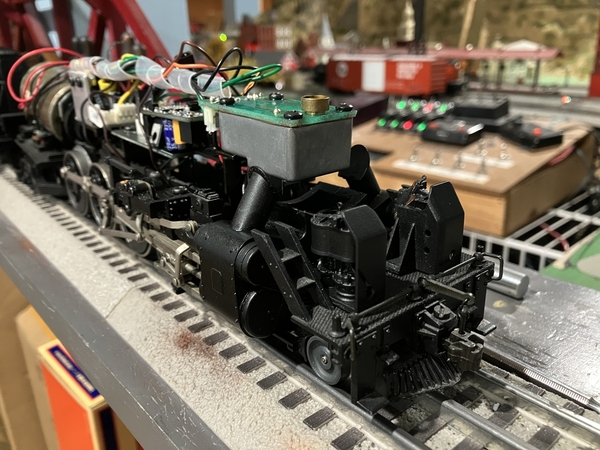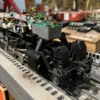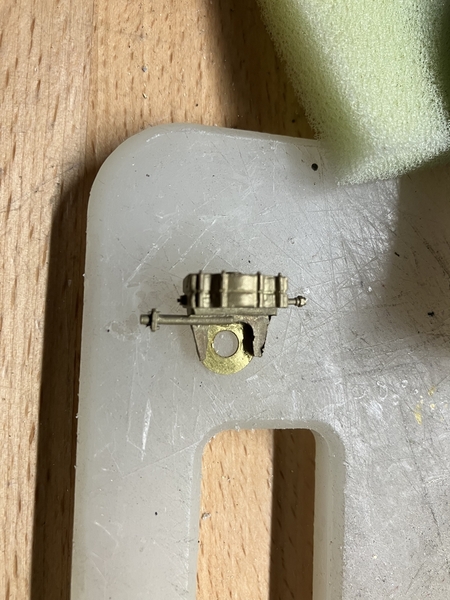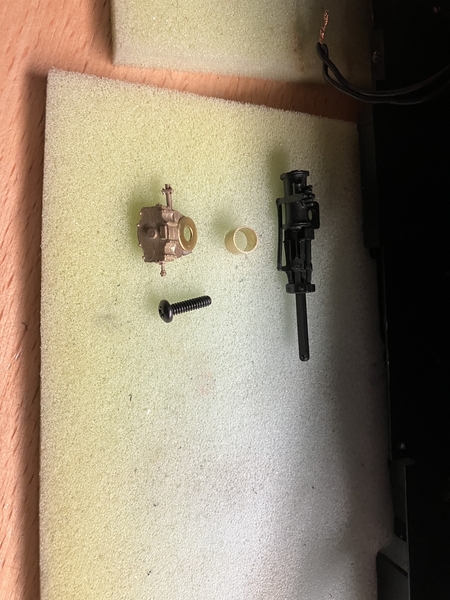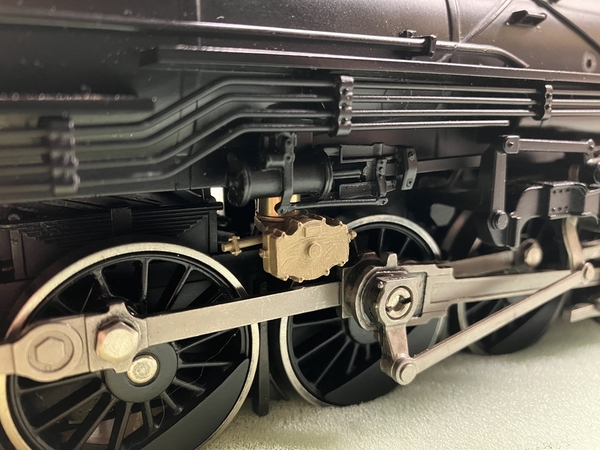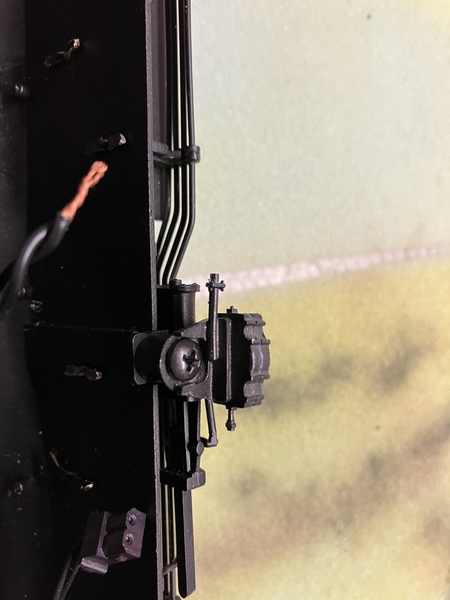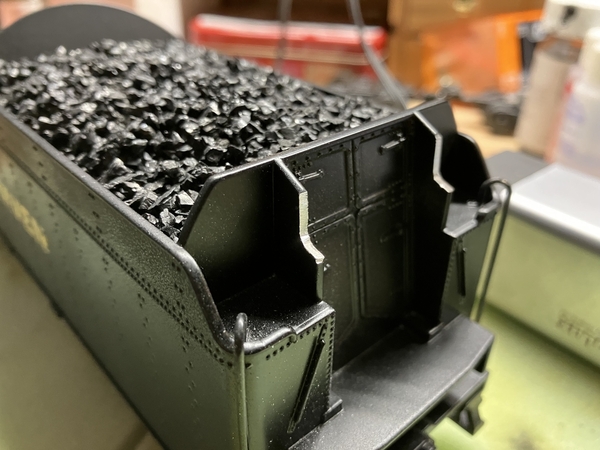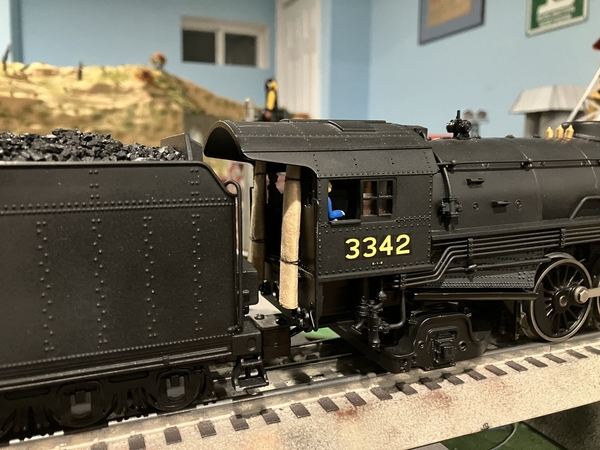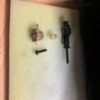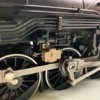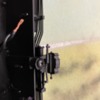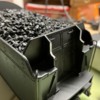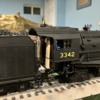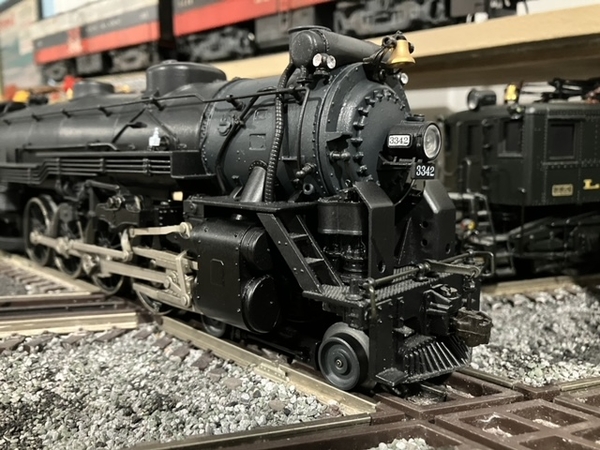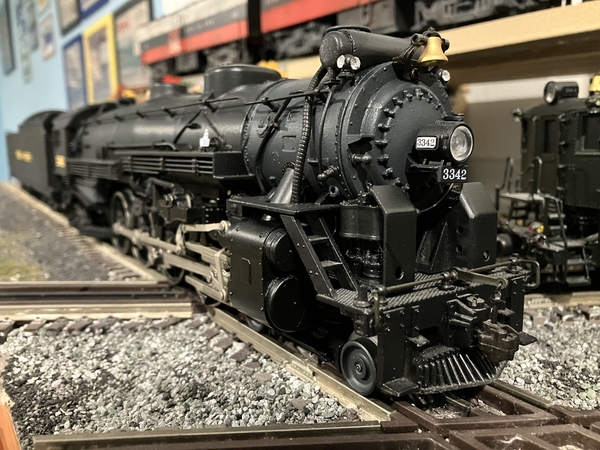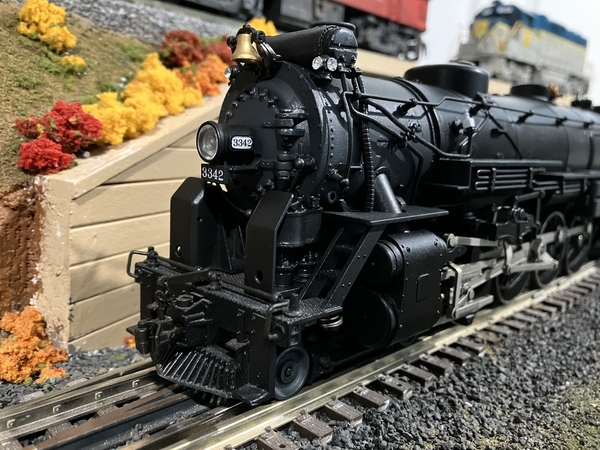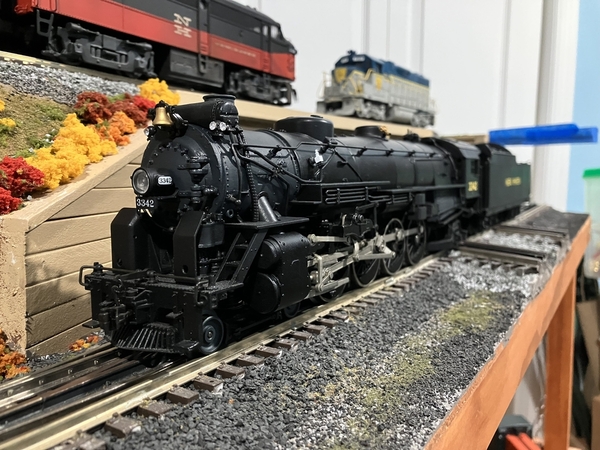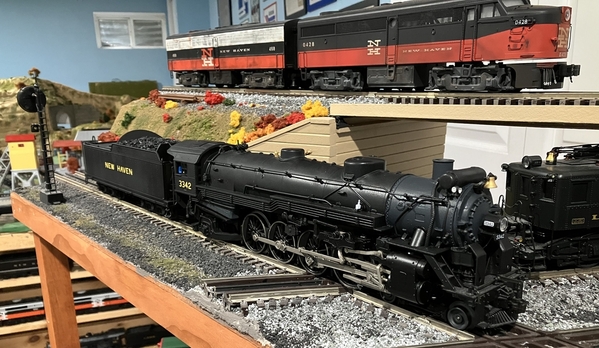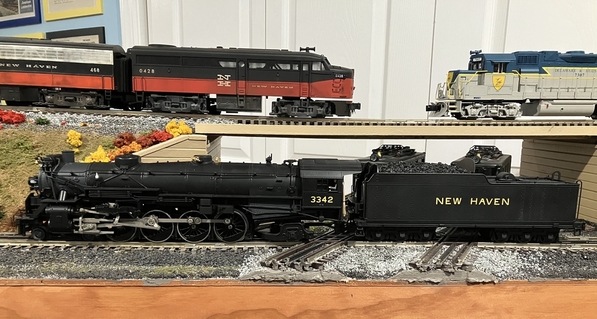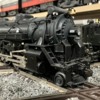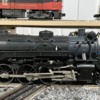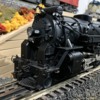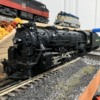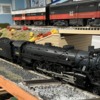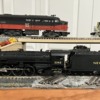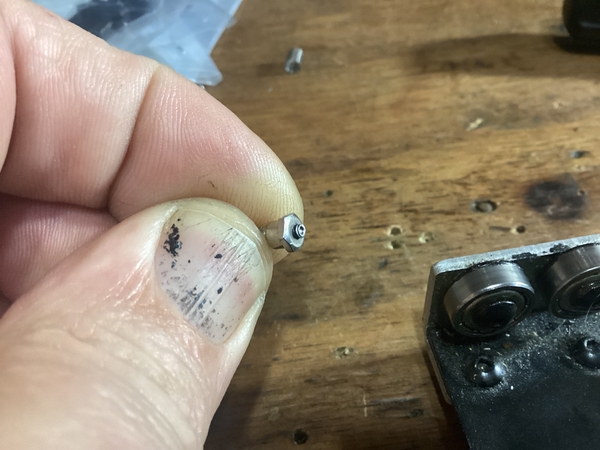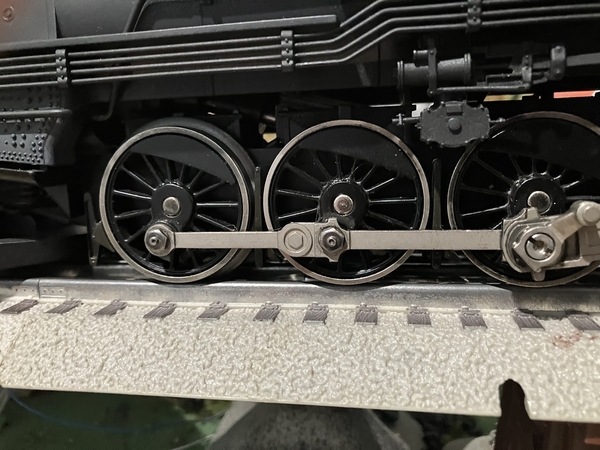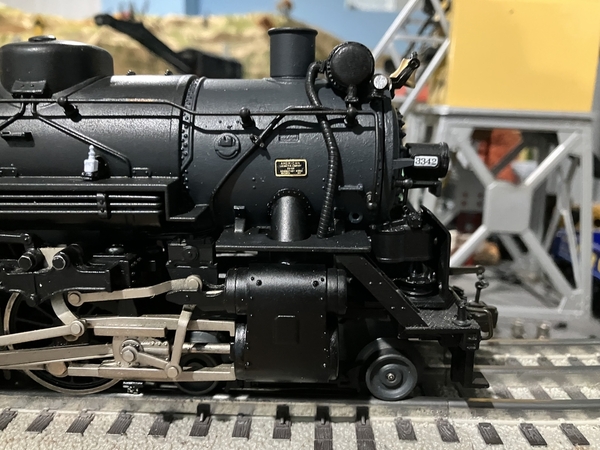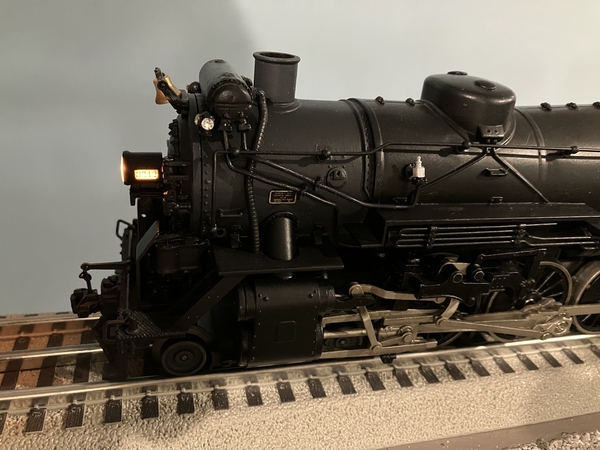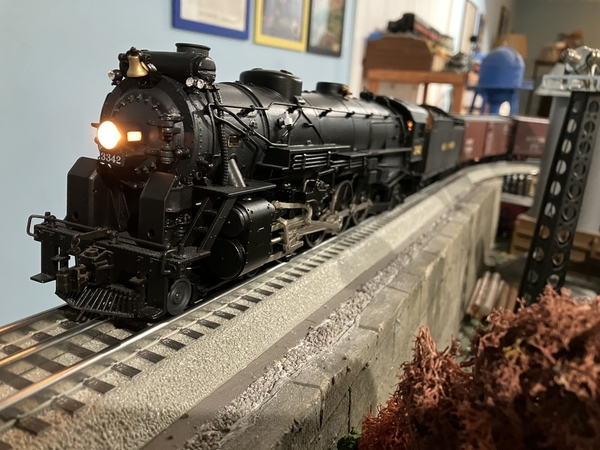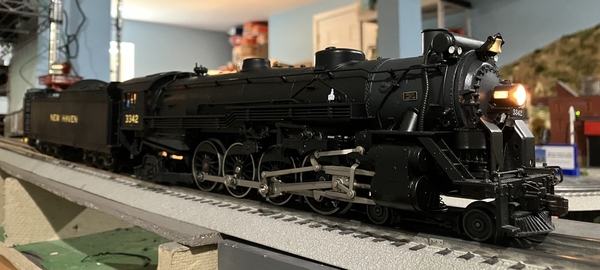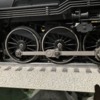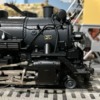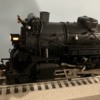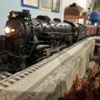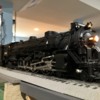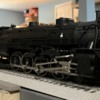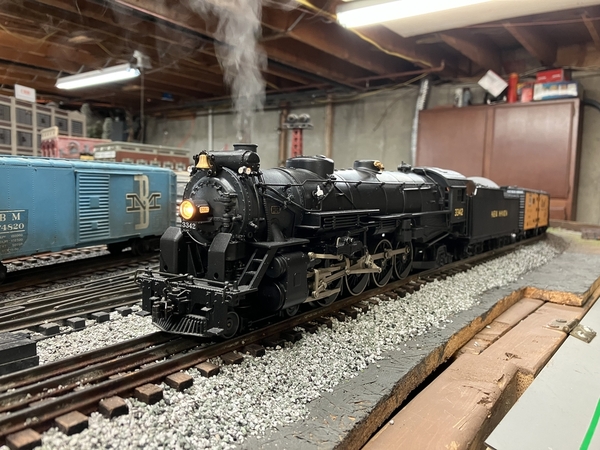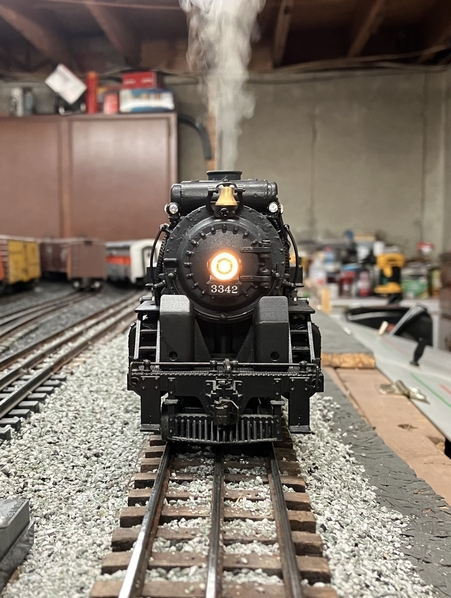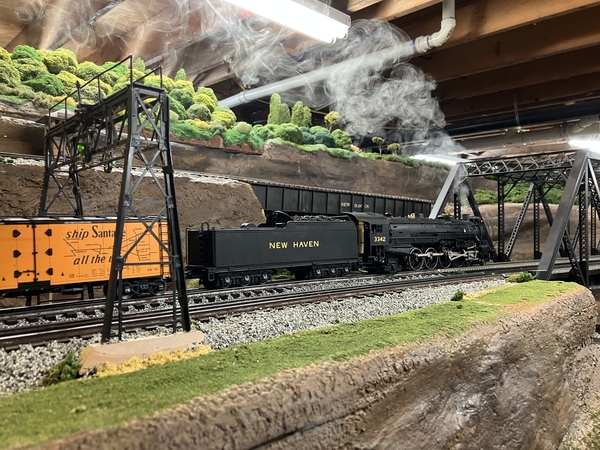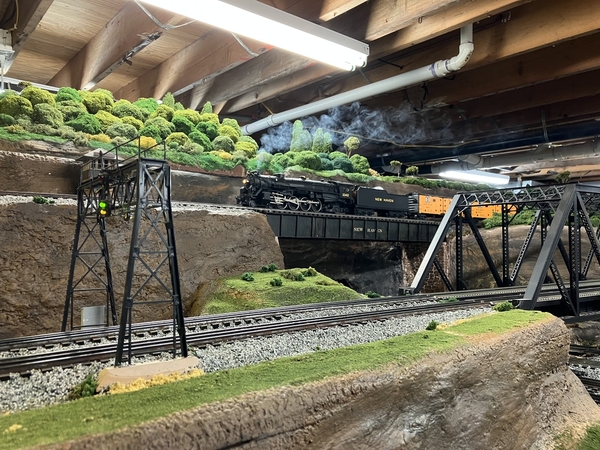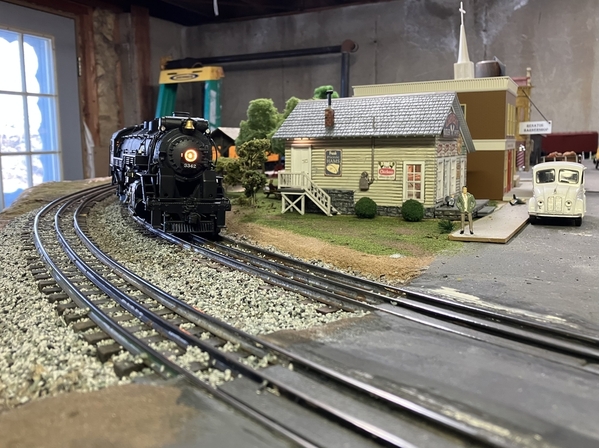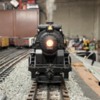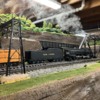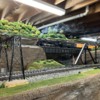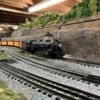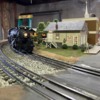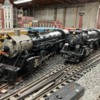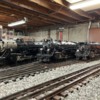Bringing this back for one last update. Two weeks ago I managed to snag a Vanderbilt tender off of eBay - one of the ones off the 1990s 700E Hudson model. I was disappointed when I received it - the best description is it was fat and stubby. Too short and boxy vs. the New Haven's own Vanderbilts, but it dwarfed the engines cab in height, and it weighed a ton.
Now Lionel has in their 2024 Volume 2 catalog a new run of USRA mountains with the C&O style Vanderbilt tenders, which the New Haven's were near copies of. I've decided my own R-1 will stay with the large 6-axle box tender and I'll pick up one of the new Lionel models for the Vanderbilt itch. I'm not conceited enough to say this thread influenced Lionel to catalog this model, but I am pleased they also picked up on some of the details I called out here.
For those that want one of the new Lionel models as well, here are the details of what the catalog illustrations represent and how it stacks up to the prototype. There are two models cataloged, road number 3324 as separate sale and 3345 in a freight set. The details of the model better represent 3345 because:
1. Road numbers 3310 through 3339 were built with Southern valve gear while the model has Walschaerts. Walschaerts is correct for road numbers 3340 through 3348.
2. Road numbers 3310 through 3339 had the sand dome set farther back (over the second driving wheel) vs the stock USRA design (over the first). The stock design is correct for road numbers 3340 through 3348.
3. I am unsure if 3324 was ever assigned a Vanderbilt tender. Tenders moved around a lot among the New Haven's Mountains so it very well could have. I do know for a fact 3345 was assigned a Vanderbilt for a period of time.
Here are the details Lionel now has that are correct for both engines that aren't on the stock USRA model, that I had to modify on my own build:
1. Feedwater heater present.
2. Delta trailing truck instead of the leaf-spring USRA style.
Here are the details Lionel has that are incorrect or missing for both engines, that I added on my build:
1. Piping layout to the feedwater heater - not all pipes are modeled or are modeled incorrectly. The feedwater heater pump is absent. Also from what I have seen of the New Haven model from the 2019 run, the feedwater heater used on this model sits high on the boiler and has an odd looking air gap under it.
2. Marker lights are still the USRA type on the boiler front.
The Lionel models both best represent the mid 1930s era, when the feedwater heaters were present but before the dual air pumps were added to the pilotwith shielding (a single air pump was still on the fireman's side of the boiler). On the catalog illustration the pilot is empty save the pilot support posts, which is accurate for some road numbers. Engines equipped with cab signals during this era would also have a cab signal box on the pilot between the support posts - I do not know if 3324 or 3345 were so equipped.
Lastly, on the rest of the equipment in the Minuteman Freight set with the 3345: the boxcar, covered hopper, and caboose are all reasonably accurate for their prototypes. The first 15 covered hoppers (117000 - 117014) did have the hole in the sides between the two hopper bays and square roof hatches as depicted on the model. The boxcar is in an accurate paint scheme. The New Haven has 10 cabooses that were close copies of the PRR N-5s numbered 500 - 509, and it looks like #503 is being used in this set. My only qualm with the set is it looks like the State-of-Maine car uses the Standard O plug door boxcar tooling, which is more accurate for the SoM car than a reefer or standard door boxcar would be but is otherwise far off and limited in detail.
I think I will be buying the full set to get the more accurate road number 3345 and the reasonably accurate rolling stock. Despite my nit-picking I am excited for this model, and I hope my write up here helps those interested make their decisions.
~Chris




